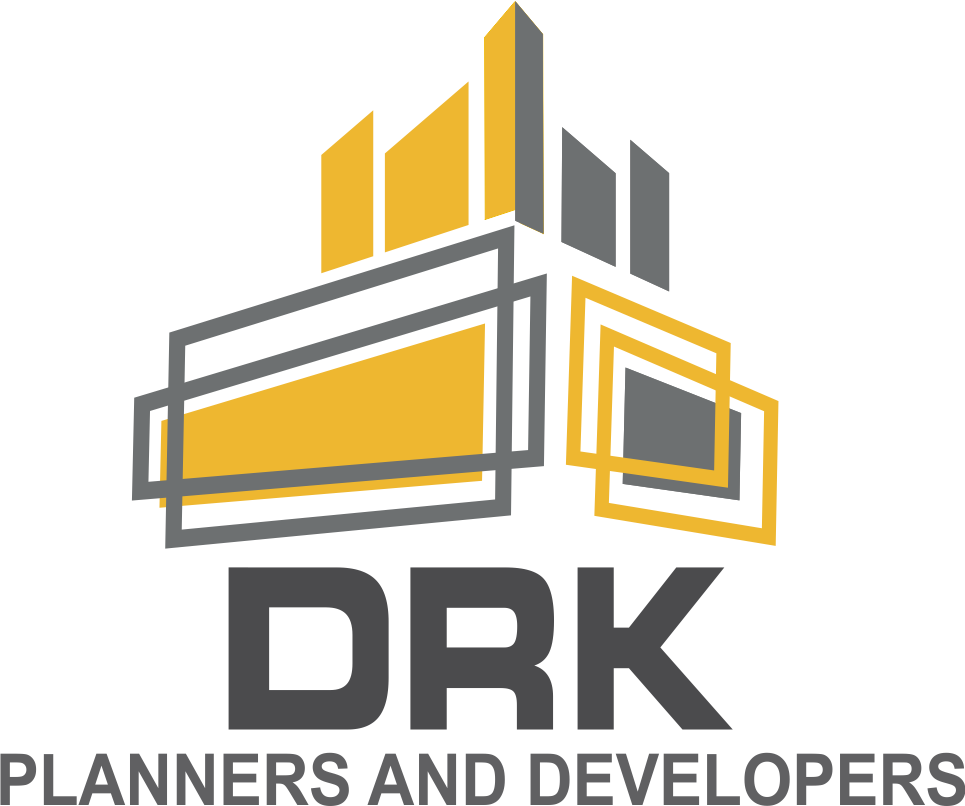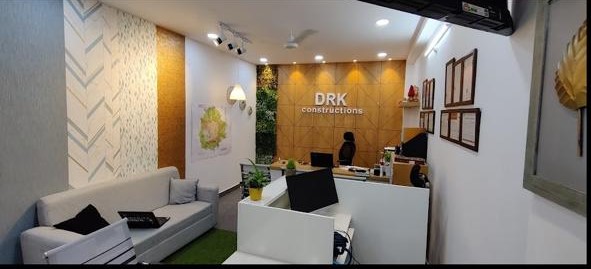Architecture & Structural Planning
Home >> Architecture & Structure
Submit your request
Architectural Plans
1. Introduction to Architectural Plans: What You Need to Know
– Overview of architectural plans and their importance.
– Key components: floor plans, elevations, sections, and details.
2. How to Read and Interpret Architectural Drawings
– Tips for understanding symbols, scales, and notations.
– Examples of common drawing types and what they represent.
3. The Role of CAD Software in Modern Architecture
– Benefits of Computer-Aided Design (CAD) in creating and modifying plans.
– Comparison of popular CAD software options.
4. Design Principles Behind Effective Floor Plans
– Principles of spatial organization and functionality.
– How to create efficient and aesthetically pleasing layouts.
5. The Importance of Site Analysis in Architectural Planning
– How site conditions influence architectural design.
– Key factors to consider during site analysis (e.g., topography, climate).
6. Case Study: Innovative Architectural Plans from Recent Projects
– Showcase recent projects with unique or challenging architectural plans.
– Discuss design solutions and their impacts on the final outcome.
7. Sustainable Design: Incorporating Green Building Practices into Architectural Plans
– How to integrate sustainable practices into architectural design.
– Examples of eco-friendly materials and techniques.
8. The Evolution of Architectural Plans: From Hand-Drawn to Digital Designs
– Historical perspective on architectural drafting.
– How technology has transformed architectural planning.
Structural Plans
1. Introduction to Structural Plans: Essential Concepts
– Basics of structural engineering and the role of structural plans.
– Overview of common types of structural drawings: foundation plans, framing plans, etc.
2. Understanding Structural Load: How It Affects Building Design
– Explanation of different types of loads (dead loads, live loads, wind loads, etc.).
– How these loads influence structural design and safety.
3. The Role of Structural Analysis in Building Design
– Overview of structural analysis methods (e.g., finite element analysis).
– Importance of structural analysis in ensuring safety and stability.
4. Foundation Types and Their Applications
– Different types of foundations (shallow vs. deep foundations).
– Choosing the right foundation based on soil conditions and building requirements.
5. The Interaction Between Architectural and Structural Plans
– How architects and structural engineers collaborate.
– Importance of coordination between architectural and structural plans.
6. Common Structural Challenges and How to Address Them
– Examples of typical structural issues (e.g., load-bearing walls, seismic design).
– Strategies for overcoming these challenges in planning and execution.
7. Case Study: Structural Innovations in Recent Projects
– Highlight recent projects that used innovative structural solutions.
– Discuss the design process and outcomes.
8. Building Codes and Standards: Ensuring Compliance in Structural Plans
– Overview of key building codes and standards relevant to structural design.
– How to ensure your plans meet regulatory requirements.
9. The Future of Structural Engineering: Trends and Innovations
– Emerging technologies and methods in structural engineering.
– How these innovations are shaping the future of building design.
10. Integrating Sustainability into Structural Design
– Techniques for designing energy-efficient and sustainable structures.
– Benefits of green building certifications and standards (e.g., LEED).
General Tips for Content Creation
– Visuals:Use diagrams, sketches, and real-life examples to illustrate key concepts. Visual aids can significantly enhance understanding, especially for technical content.
– Simplify Complex Concepts: Break down intricate details into simpler, digestible parts. Use analogies or comparisons to make technical information more accessible.
– Include Expert Opinions: Incorporate quotes or insights from architects and structural engineers to add authority and depth to your content.
– Interactive Elements: Consider adding interactive elements like quizzes or virtual tours of architectural plans to engage readers.
By providing detailed, well-structured information on these topics, you can effectively educate your audience and showcase your expertise in architectural and structural planning.
OUR PORTFOLIO
HOW IT WORKS?

1
Your Requirement

2
Cost Estimation

3
Schedule Visit

1
Work Execution

1
Work Execution
WHY CHOOSE DRK PLANNERS & DEVELOPERS

Professional Service
Highly experienced Design & Construction team to provide the best service possible. We make sure your experience is stress-free and easy from the beginning until the end.

Insured work
We've got you covered! Your building is insured with us, so you don't have to fret about any issues that may arise after construction. We're just a call or click away, ready to assist you whenever you need us.

100% Transparency
We believe in transparency, which is why we never hide any charges from you. Every detail is crystal clear, so you can trust us to be upfront and honest. Bringing transparency to our services is one of our fundamental values.
Digital Tracking
We've made tracking your work progress easier than ever before. With a simple login, you can digitally monitor and manage every aspect of your work site, giving you complete control and visibility over the project.

Quality Assurance
Rest assured that you're getting the right quality at the right price with us. We don't overcharge, and we never compromise on the quality of our products. You can say goodbye to substandard materials when you work with us.

On Time Delivery
Missing a deadline is not an option for us. We always deliver on time, every time, and we take pride in our ability to do so. Our commitment to on-time delivery means that you won't have to worry about any unexpected cost overruns.

Flexible Pricing Models
We get it - rigid pricing models can be a hassle. That's why we offer personalized quotes that are tailored to your specific needs and preferences.

Curbing Malpractices
We have put a check on Malpractices. With our new age technology assistance, we have curbed all the Fraudulent practices.

No Cost Over Runs
We stand by our promise of a 100% No Cost Overrun Policy, which means that you won't have to worry about unexpected expenses popping up during the project.
BLOGS
Tips for Successful Land Development Projects
Introduction: Land development projects require careful planning, coordination, and execution to ensure their success. In this blog post, we will
The Importance of Sustainable Construction Practices
Introduction: Sustainable construction practices have gained significant attention in recent years due to the growing concern for the environment and
The Future of Construction Technology: Trends to Watch
Technology is rapidly transforming the construction industry, revolutionizing traditional processes and enhancing productivity, safety










